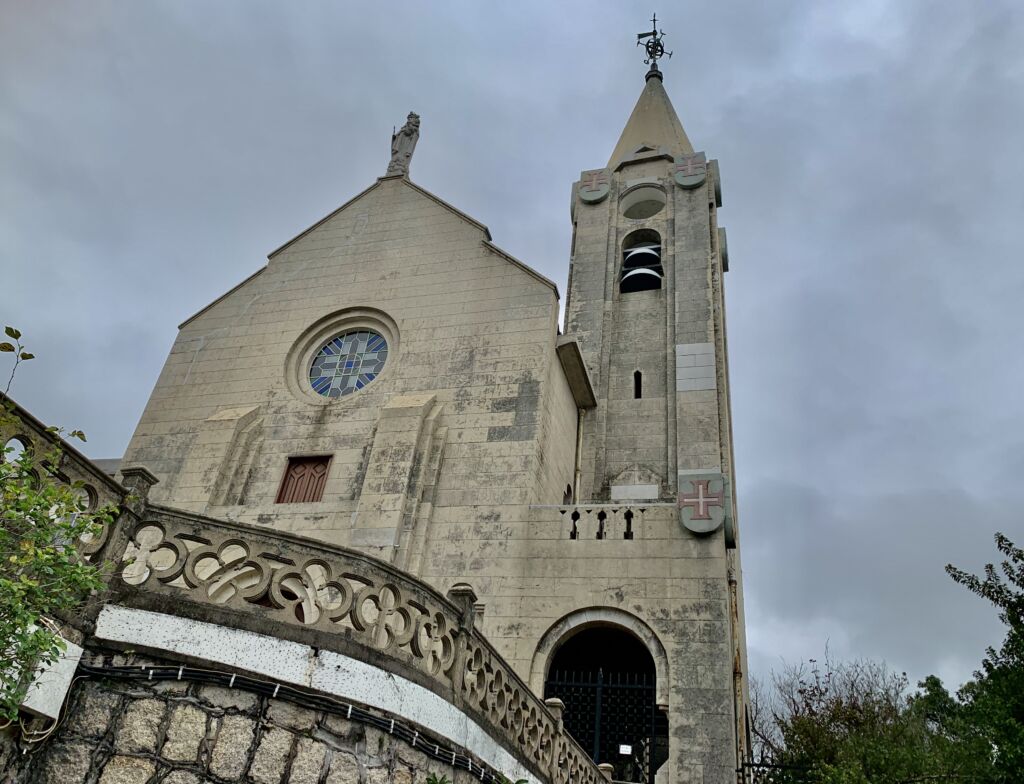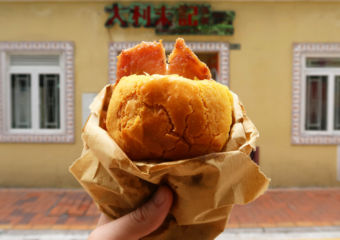Macau’s history and landscape, in its early years under Portuguese rule, are undoubtedly rooted in religion. Penha Hill is one example of this presence, namely the Augustinian missionaries, who came mainly from Spain and Portugal. The landscaped environment on top of a hill–which is 62.7 meters above sea level–contains a church named after Our Lady of Penha, which is also from where the hill got its designation.
The Fishermen’s Protector
The religious monument was built in 1622 (the year the Dutch invaded Macau) by a group of Augustinian missionaries in honor of the above mentioned sacred figure. In a way, the structure was meant to celebrate the fact they were unable to take over the city. It was built by the crew and passengers of a vessel that was almost taken by the Dutch.
Penha Church started off as a chapel, only to be rebuilt, respecting its original appearance, in 1837 and later expanded (1892-1935). The hill where the monument rests is also called Bishop’s Hill in honor of Macau’s former bishop, D. João Paulino, according to the annals of colonial history. The patio also features a sculpture of Our Lady of Lourdes, meant to protect the local sailors: it might be weird to find the statue with its back to the church, but it is, in fact, facing the sea, protecting sailors and praying for them.
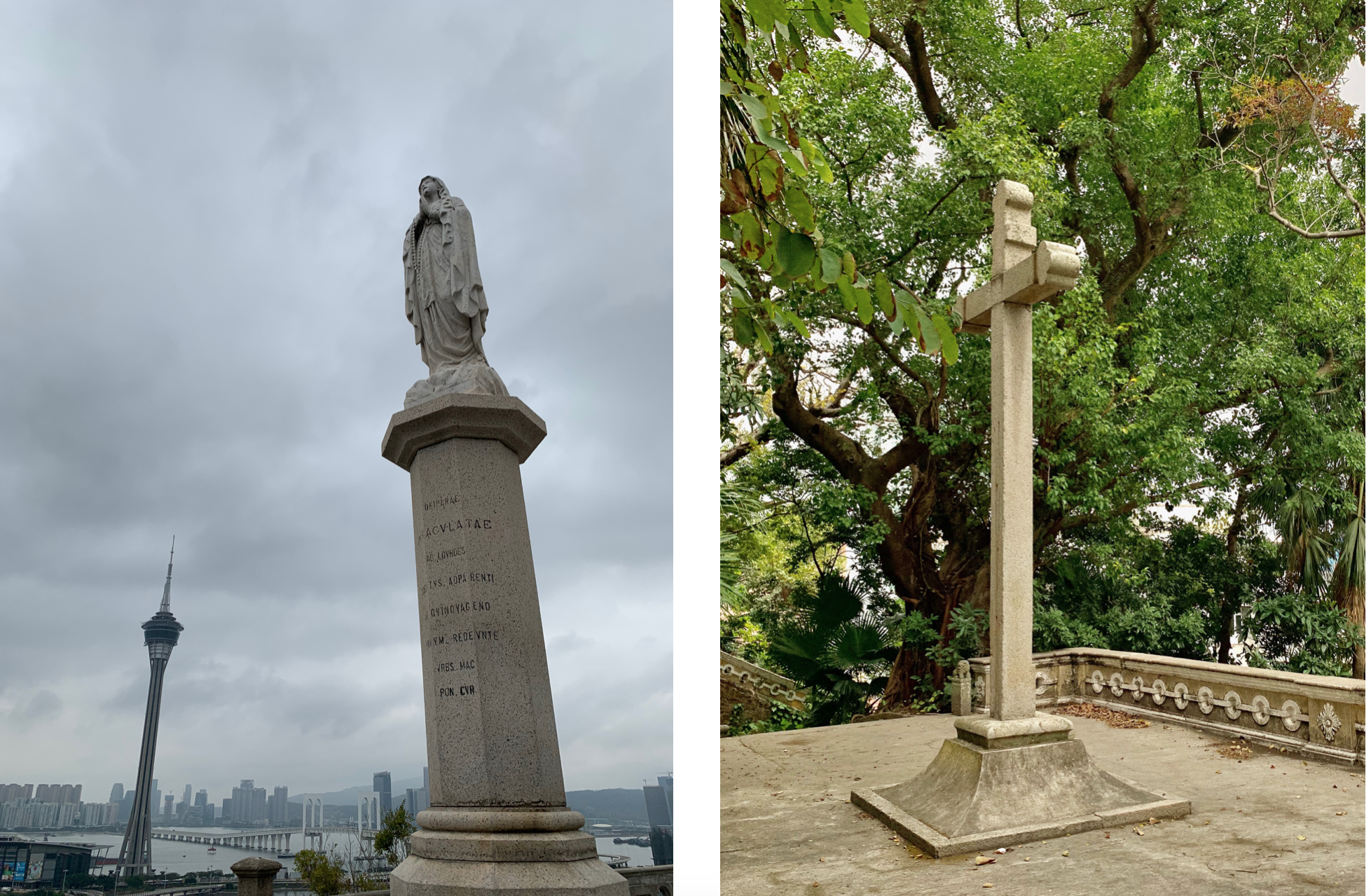
Statues located on Penha Church premises
Fishing was for centuries Macau’s main trade, and that can be seen (if one really walks through the city) all around. Surrounded by water, the Barra and Inner Harbor areas were home to fishing boats and the men who fished with them. For that reason, there are several monuments to the trade and were set to give these workers good luck. The statue on Penha Hill is said to be looking at the sea, with its hands closed and a peaceful expression, as if she was protecting the fishermen. It is called Our Lady of “Bom Parto”.
Literature records that the first Augustinian mission arrived in Macau in November 1586, headed by three Spanish missionaries: Francisco Manrique, Diogo Despinal and Nicolau Tolentino. This religion branches from the Catholic and Anglican orders and it is believed to have been founded during the 13th century in Europe. The Jesuits were not the only ones to spread their word through Asia; there were also the Franciscans, Dominicans, and the Augustinians. However, the Jesuits were the order to best settle in the territory.
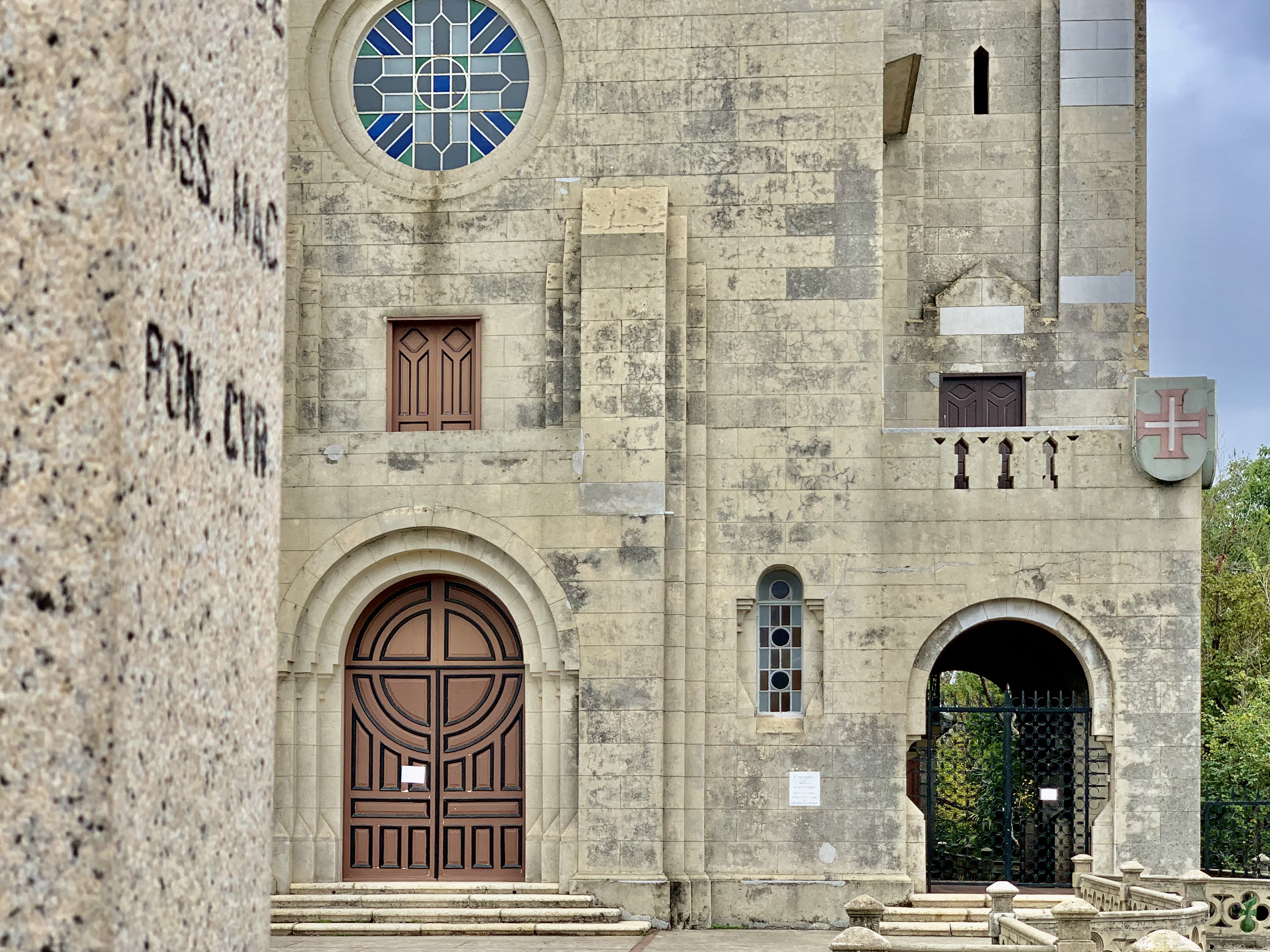
As for the followers of St. Augustine, Macau was a rough place to settle in, for both political as well as religious reasons. In 1717, the Goa Governor at the time prohibited this order’s missionaries from doing any missionary activity in Macau, but the situation changed in 1721 when Portuguese king Dom John V (1686-1750) ordered the local government to return all properties, which had been retrieved, to the Augustinians.
Unfortunately, political matters led to these missionaries’ expulsion from Macau in the 19th century. Nevertheless, there are still some traces of their presence, in books and around the city. Penha Hill and its church are a rich example of this cultural heritage since it portrays a different architecture and design compared to other local churches.
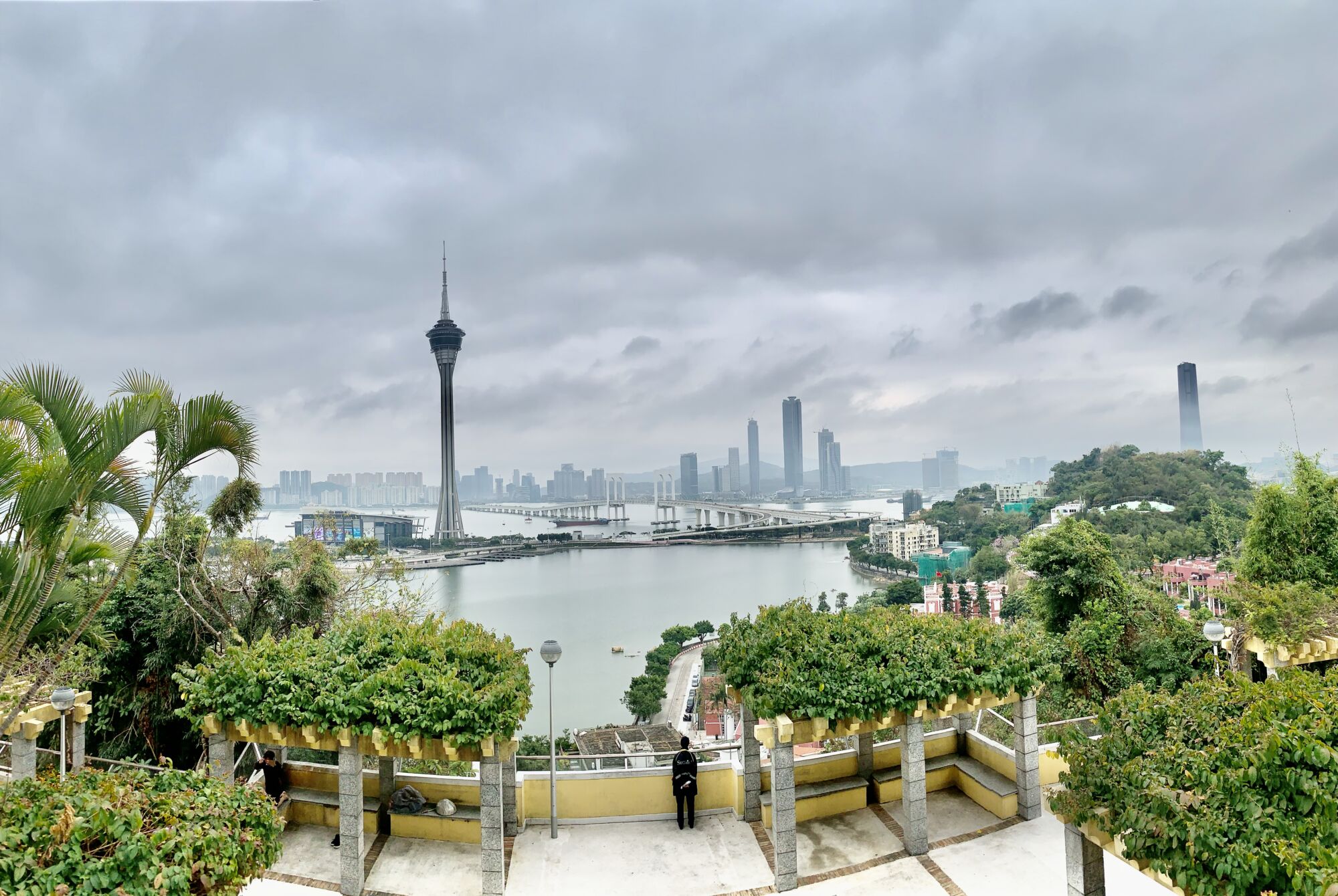
Opening hours: Daily, 9:30am–5:00pm
Chapel of Our Lady of Penha located on the top of Penha Hill

